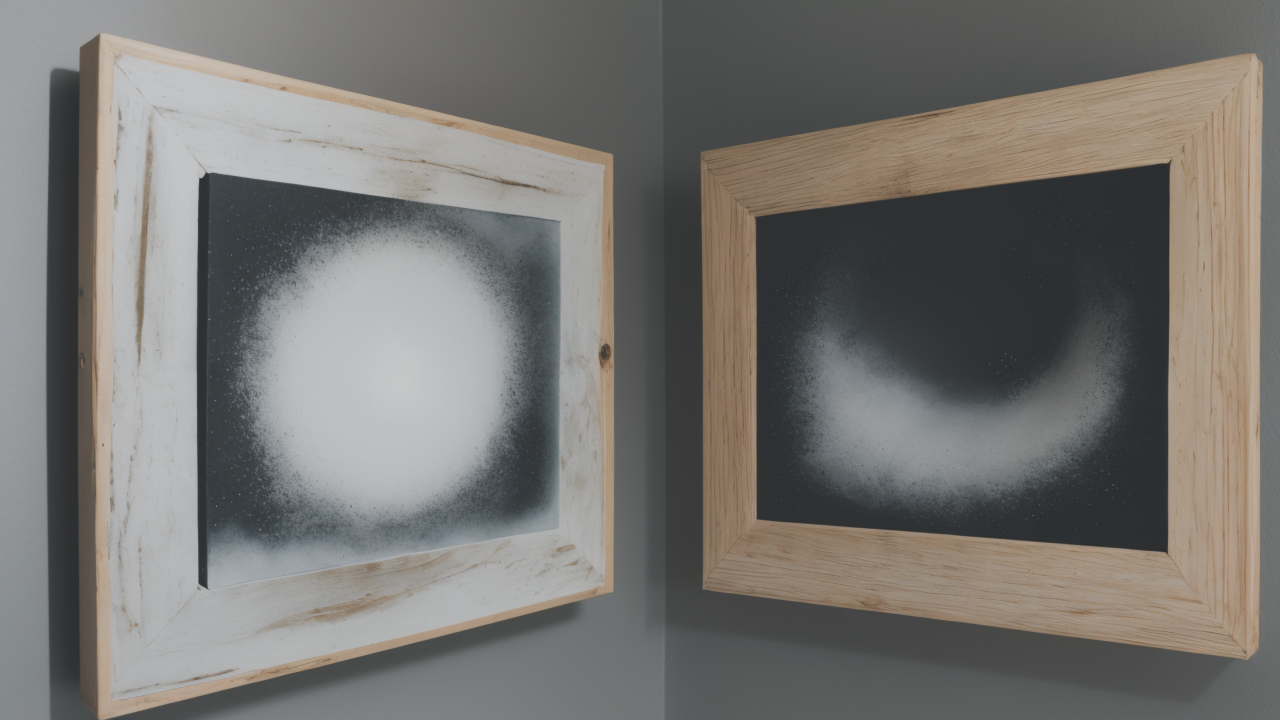
T119's Wabi-Sabi Inspired Wall Art: Where Tradition Meets Modern Design
The Art of Wabi-Sabi in Home Decor
Understanding the Wabi-Sabi Philosophy
Wabi-sabi is a Japanese concept that celebrates imperfection and transience. It finds beauty in simplicity and natural processes. In home decor, wabi-sabi embraces rustic elegance and minimalism. It values items that show age and wear, seeing them as more beautiful and interesting. Wabi-sabi decor often uses natural materials like wood, stone, and clay. It favors muted colors and organic shapes. The philosophy encourages a peaceful, mindful approach to living spaces. It teaches us to appreciate the beauty in everyday objects and imperfections.

Key Elements of Wabi-Sabi Design
Wabi-sabi design focuses on several key elements. First is simplicity - spaces should be uncluttered and calm. Natural materials are essential, bringing the outdoors inside. Texture plays a big role, with rough or uneven surfaces preferred. Colors are typically earthy and subdued, reflecting nature's palette. Asymmetry is valued over perfect balance. Handmade items are prized for their uniqueness and character. Wabi-sabi design also incorporates empty space, or "ma," to create balance. Plants and natural elements are often used to add life and freshness. Overall, the goal is to create a serene, authentic environment that feels lived-in and loved.
The Role of Artistry in Wabi-Sabi
Artistry is central to wabi-sabi design. It values the human touch over machine-made perfection. Handcrafted items show the artist's skill and individuality. These pieces often have slight irregularities that add charm and character. Wabi-sabi art might include pottery with visible brush strokes or uneven glazes. It could be a hand-woven textile with subtle variations in color. Wood carvings might showcase the natural grain and knots of the wood. The artist's goal is not perfection, but to capture the essence of nature and time. This approach creates pieces that are unique, meaningful, and deeply connected to the natural world.
T119's Approach to Wall Art
Incorporating Wabi-Sabi into Wall Art
T119 brings wabi-sabi principles to life in their wall art. They use natural materials like reclaimed wood and handmade paper. Their pieces often feature organic shapes and textures. Colors are subtle and earthy, inspired by nature's palette. T119's art embraces imperfections, seeing them as part of the piece's story. They might leave rough edges on a wooden frame or highlight the unique grain of the wood. Some pieces incorporate natural elements like leaves or stones. T119 also values negative space, allowing areas of the wall to remain bare. This creates a sense of balance and tranquility in the overall design.

Combining Traditional and Modern Elements
T119's wall art brilliantly merges traditional wabi-sabi with modern design. They might use ancient techniques like sumi-e ink painting on contemporary canvases. Or they could apply modern abstract designs to traditional materials like rice paper. T119 often combines sleek, minimalist frames with rustic, textured artwork. They play with contrasts, pairing rough natural elements with smooth, polished surfaces. Some pieces feature traditional Japanese motifs reimagined in a modern style. T119's art proves that wabi-sabi can be both timeless and current, appealing to a wide range of tastes and decor styles.
The Creative Process Behind T119's Designs
T119's creative process is deeply rooted in wabi-sabi philosophy. They start by sourcing materials, often choosing reclaimed or natural items. The team spends time with each material, understanding its unique qualities. They sketch ideas, focusing on simplicity and balance. T119 artists then begin creating, embracing unexpected outcomes. They might let paint drip naturally or allow wood to crack as it dries. Each piece evolves organically, guided by the artist's hand and the materials' nature. T119 values the journey of creation as much as the final product. This process results in truly one-of-a-kind pieces that embody the spirit of wabi-sabi.
Implementing Wabi-Sabi Art in the Modern Home
How to Choose the Right Wabi-Sabi Art Piece
Selecting wabi-sabi art for your home requires a thoughtful approach. First, consider the overall feel of your space. Look for pieces that complement your existing decor while adding a touch of nature. Pay attention to colors - wabi-sabi art often uses muted, earthy tones. Think about size and placement. A large piece can serve as a focal point, while smaller works can create intimate moments. Look for art that speaks to you emotionally. Wabi-sabi is about connection and appreciation. Choose pieces with textures or imperfections that you find beautiful. Remember, wabi-sabi art should bring a sense of calm and authenticity to your space.

Tips for Styling Your Space with Wabi-Sabi Accents
Incorporating wabi-sabi art into your home decor can transform your space. Start by decluttering - wabi-sabi thrives in simple, uncluttered environments. Choose a neutral color palette as a backdrop for your art. Mix textures to create visual interest. Pair smooth surfaces with rough ones, like a sleek table with a textured wall hanging. Use natural materials throughout your space to complement the art. Add plants to bring life and freshness. Don't be afraid of empty space - it's an important part of wabi-sabi design. Arrange your art asymmetrically for a more natural feel. Remember, the goal is to create a serene, harmonious environment that celebrates imperfection and simplicity.
The Impact of Wabi-Sabi on Home Aesthetics and Value
Wabi-sabi art can significantly enhance your home's aesthetics and value. It brings a sense of timelessness and authenticity to spaces. Wabi-sabi pieces often become talking points, adding character to your home. They create a peaceful atmosphere, which is highly valued in today's fast-paced world. From a financial perspective, unique, handcrafted art can appreciate over time. Wabi-sabi's focus on quality and craftsmanship means these pieces are built to last. They're not trendy items that will soon look dated. Instead, they grow more beautiful with age. By choosing wabi-sabi art, you're investing in pieces that will bring joy and value for years to come.


